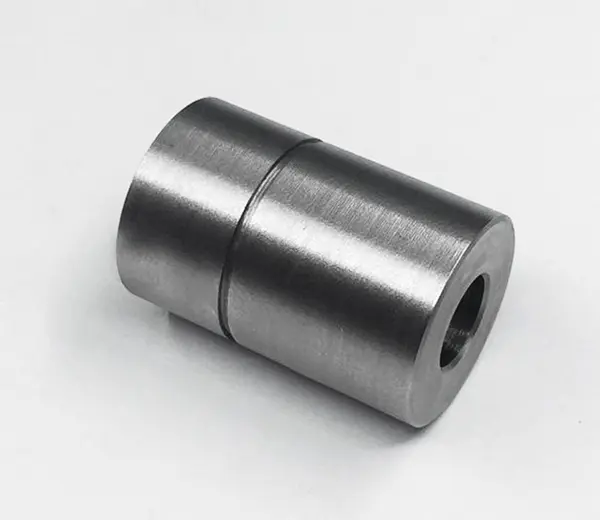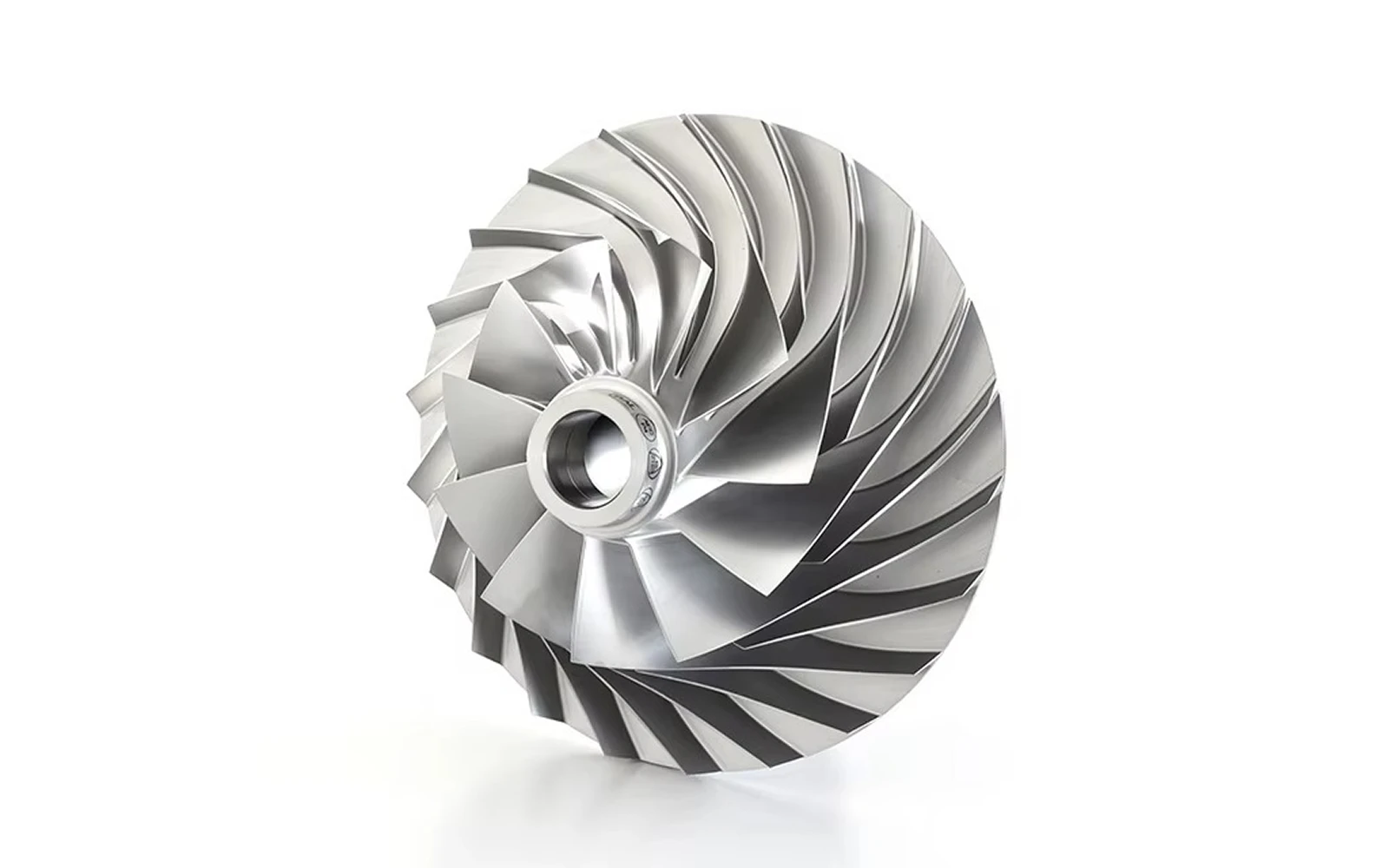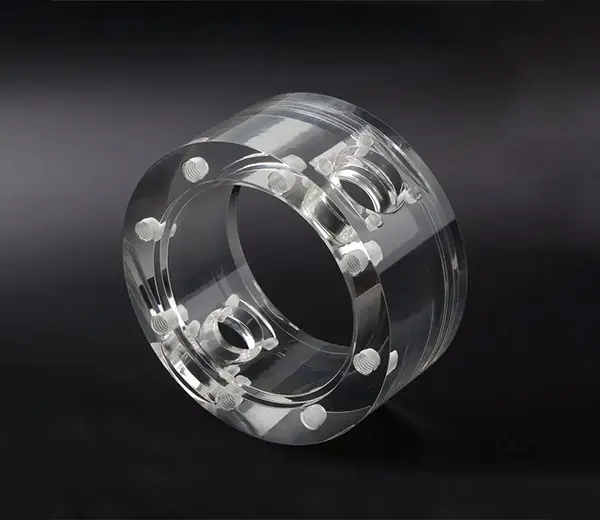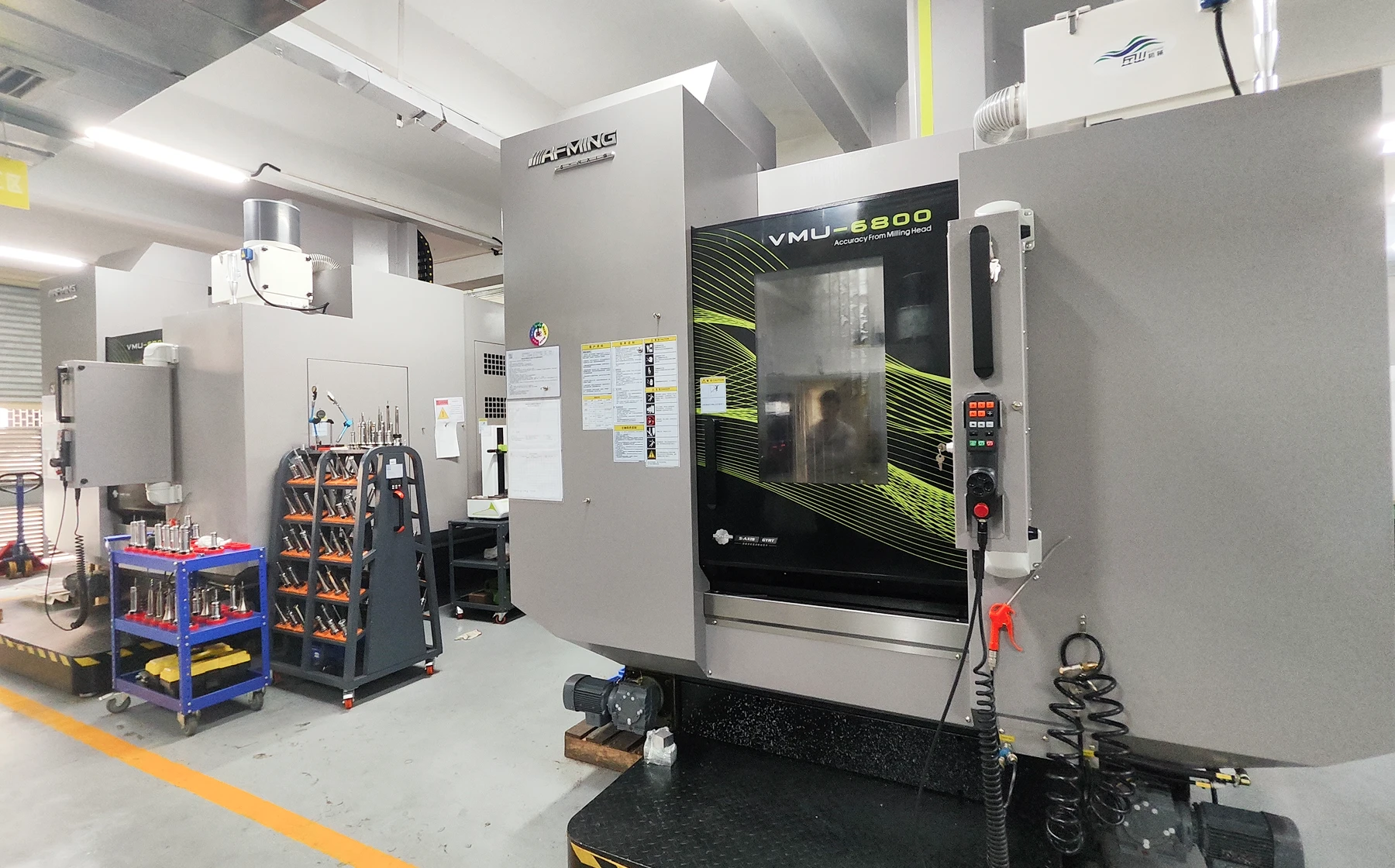
Steel
Offers high tensile strength and malleability. Used in construction, automotive, and manufacturing for structural components and tools.

From this point on, our CNC milling is complete, and we will then carry out finishing and post-processing on the finished part.
What's the difference between 5-axis machining and 3-axis machining, and how do you choose? The chart below explains. Not sure which machining method to use for your part? Contact our engineers for expert advice.
| Five-axis machining | Three-axis machining | |
| Direction of movement | X(A)Y(B)Z | XYZ |
| Part complexity | Complex parts | Simple parts |
| surface ability | Machining surfaces | machining plane |
| One-time processing | Multiple faces | One face |
| Processing costs | high | Low |

Offers high tensile strength and malleability. Used in construction, automotive, and manufacturing for structural components and tools.

Known for its exceptional impact resistance and transparency. Used in eyewear, automotive parts, and durable plastic products.
Five-axis machining can complete multi-faceted machining in one clamping, reducing multiple steps.
Multi-angle cutting enables three-dimensional surface processing and can achieve complex appearance.
By shortening the tool overhang, the vibration of the tool is reduced, and the machining accuracy is improved.
High-precision machining reduces scrap rates, especially in high-precision machining areas such as aerospace and medical.
Five-axis machining can achieve high-precision surface quality, thereby reducing the difficulty of post-processing.
Some five-axis machines can integrate turning functions to achieve combined milling and turning processing.
| Maximum part size | 4000x1500x600mm |
|---|---|
| Minimum part size | 5x5x5mm |
| General Tolerances | ±0.01mm |
| Delivery time | 2-3 days for normal complexity, 1-2 weeks for high complexity |

Perform DFM analysis on the drawings and carry out mechanical simulation to correct the incorrect parts of the drawings, and then optimize and upgrade the drawings.
Import the CAD drawings into the CAM software, which then creates the code needed to run the five-axis machining machine. The code includes the tool motion path and other machining instructions.
Input the processing instructions into the machine, start the machine, process it into the final part, and then carry out the corresponding post-processing process.